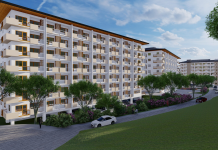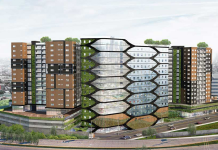
There are no fears of a property bubble forming in the Philippines, according to the Bangko Sentral ng Pilipinas (BSP). During a recent media briefing, BSP Governor Benjamin Diokno explained property prices are still in line with market fundamentals which usually indicates a bubble scenario is not happening.
“While there is persistent demand for residential properties, it would not indicate an asset bubble,” The Manila Times reported Diokno as saying. He also noted that the equity market was not a bubble risk either.
Increased demand for condo units throughout the Philippines and a backlog of real estate buyers is the reason BSP doesn’t believe a property bubble is forming. Diokno pointed out that there are many people working or studying in city centers that would prefer to own a home closer to their workplace or school.
This demand is being created by Philippine offshore gaming operators, traditional companies and business process outsourcing firms who are adding more employees who in turn need places to live. In some areas, growing demand has caused home prices to rise, but this is to be expected.
“We see both developments in both equities and real estate sector as mainly driven by market fundamentals,” Diokno noted. “We see the price movements in both areas is within the long-run trend. Per the latest staff analysis, house prices do not indicate overvaluation at the moment.”
Real demand bursts talk of property bubble
Even with the COVID-19 pandemic dragging on the economy as a whole, the housing market continues to perform well. Some experts had been predicting a major price correction, but many developers recorded significant sales in the first half of 2020 with prices remaining stable.
According to SMDC President Jose Mari Banzon there is a six million housing unit shortfall in the Philippines and that means demand won’t be dampened anytime soon. SMDC reported a 23 percent increase in sales during the first quarter of 2020 when compared to the same period last year.




















